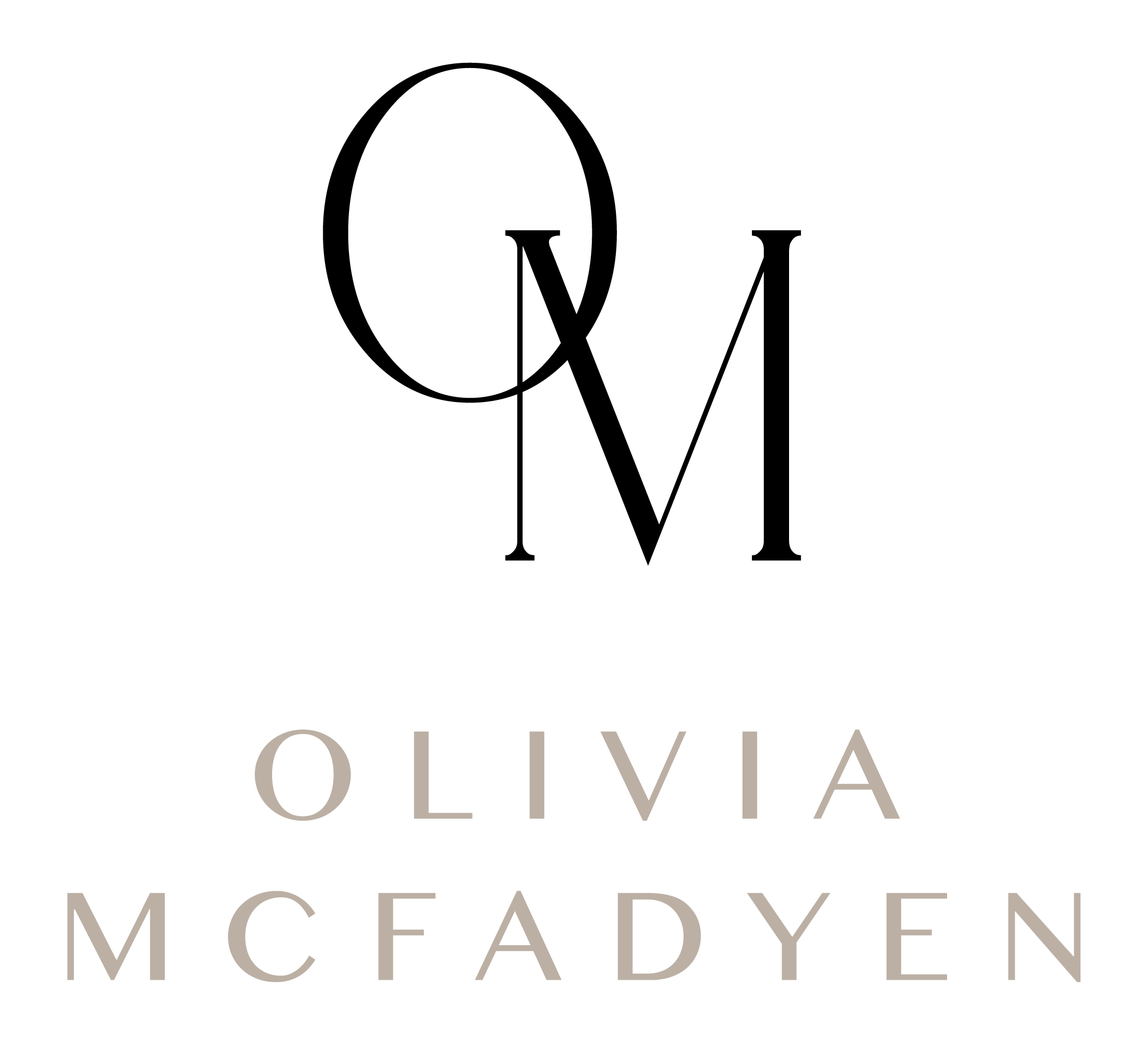Why You Need Zinc
Zinc is one of the most important trace minerals, which plays a role in every single cell in the body! Zinc is involved with over 300 zinc related mechanisms involved in normal body functioning, including digestive health, immunity, hormone health, mood, memory, skin health and metabolic health.
Zinc and Vitamin C are the two most heavily researched nutrients, that are shown to modulate immune function. Both Zinc and Vitamin C have been shown to reduce the severity and frequency of common colds.
Low levels of zinc and zinc deficiency are alarmingly common. Over 3 in every 4 Aussie women are zinc deficient and 50% of men are zinc deficient.
Why Is Zinc So Important?
Gut health - zinc helps keep your mucosal lining nice and thick and can ‘seal and heal’ the gut wall
Immunity - zinc plays a key role in the functioning of the immune system - it’s involved in promotion white blood cells including neutrophils and NK cells; two of your cells that come out firing at bacteria and viruses. Zinc has immune supportive, antiviral and antibacterial properties and can reduce the severity of colds and flus.
Memory and concentration - zinc is found in the nervous system; primarily the hippocampus in the brain, which is involved in memory and emotions.
Skin health - zinc plays a major role in wound healing
Energy and mood - your thyroid needs three key minerals to make thyroid hormones; zinc, selenium and iodine, and low levels/deficiency in any of these can drive fatigue, mood swings and weight gain
Insulin levels - zinc has insulin-like activity due to its ability to promote glucose transport
Antioxidant - zinc is a key antioxidant, which means it helps combat oxidation, which is ‘wear and tear’ on the body
How Much Zinc Should You Have?
The Recommended Daily Intake (RDI) is 12mg per day for men and 8 mg per day for women.
The Upper Limit (UL) is 40mg for men and women
The difference between the RDI and UL is that the RDI is the recommended daily intake, which will stop you developing a deficiency, and is defined as “… sufficient to meet the nutrient requirements”, by the Government.
The UL is the upper limit, which is the recommended amount for you to thrive, and is defined as “the highest average daily nutrient intake level likely to pose no adverse health effects to almost all individuals in the general population”.
I recommend most men and women focus on the UL - as we want you thriving, not surviving. I believe people shouldn’t aim to “sufficiently” meet their needs; they should excel at their needs, so they can be truly healthy!
Zinc-Rich Food Sources:
Zinc is typically found in animal-based protein and seafood, especially oysters. It’s also available in pumpkin seeds, flaxseeds and lentils/legumes.
For example:
100 grams of high-quality meat - 5 mg zinc
6 oysters - 33 mg zinc
8 large prawns - 2 mg zinc
1 handful (30 mg) of pumpkin seeds is 3 mg zinc
1 handful (30 mg) flaxseeds - 2mg zinc
1 handful (30 mg) cashews - 2mg zinc

